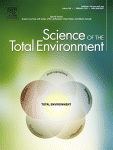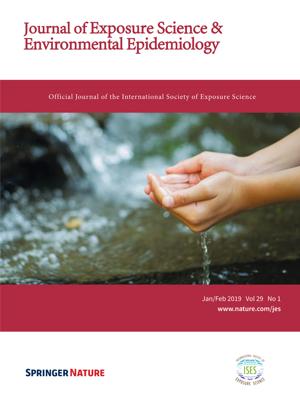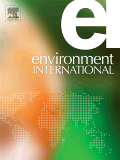Atlantic PATH earns Guinness World Record for world’s largest toenail collection (Originally Published at Dalhousie University) The record may seem silly, but the science behind it is incredibly important to understanding why Atlantic Canada has such high rates of cancer. The Atlantic Partnership for Tomorrow’s Health, or “PATH,” is part of the Canadian Partnership for Tomorrow Project, the largest study of its kind ever undertaken in Canada. Led by a group of Dal researchers, Atlantic PATH is investigating the various factors that contribute to the development of cancer and chronic diseases: everything from the environment, to genetics, to lifestyle and behaviour. It’s recruiting tens of thousands men and women, ages 35-69, from across the four Atlantic provinces to take part. So far, more than 30,000 individuals have participated in the study, providing the Atlantic PATH team with body measurements, blood samples and…toenail clippings? “Toenails are an important part of our research,” explains Atlantic PATH’s Principal Investigator Dr. Louise Parker, professor in the Departments of Pediatrics and Medicine as well as the Canadian Cancer Society Chair in Population Cancer Research. “By the time you trim the end of your toenails, they’ve been on your body for about six-to-nine months and during that time they’re exposed to everything that you’re exposed to. What we’re particularly interested in, in this context, is the extent to which environmental exposure affects our risk of disease.” A record collection Dr. Parker and her team had no idea their quest to better understand cancer in Atlantic Canada would lead to a Guinness World Record but, sure enough, collecting toenails from 24,999 individuals was enough to earn Atlantic PATH the honour of owning the world’s largest collection of toenail clippings. “My colleagues David Thompson and Trevor Dummer had the idea,” says Dr. Parker, when asked about how they decided to submit the collection to the Guinness organization. “It’s a heck of a collection: a quarter of a million toenail clippings altogether. So they looked at the Guinness website and while there were other toenail records — for example, the longest toenails — there wasn’t a record for the largest collection of clippings. We thought it was a great opportunity to have a bit of fun after everyone’s hard work and commitment to the project.” So what sort of insights are the Atlantic PATH team finding in its impressive toenail collection? One of the first things being studied in the clippings is arsenic levels. “It’s a known carcinogen and increases the rates of several cancers, including that of the bladder and kidney,” says Dr. Parker. “Arsenic is a natural contaminant of many water supply wells in Nova Scotia, and we want to find out if drinking arsenic-contaminated water is one of the reasons rates of bladder and kidney cancer are higher in Atlantic Canada than most of the rest of Canada.” What the team has found is that body fat plays a role in how arsenic is absorbed into the body. In particular, women with higher levels of fat are less likely to retain arsenic in their body. An important project Atlantic PATH’s research into the factors that lead to cancer and other diseases is particularly important for our region, which has the highest rates of cancer in the country. One in three Atlantic Canadians will develop cancer in their lifetime. Each year, more than 13,400 Atlantic Canadians are diagnosed with cancer, and 6,300 die from the disease. This is the last year for recruiting participants to Atlantic PATH, and the study is not only still welcoming new participants, but are encouraging individuals who have donated their toenails to make sure they visit a clinic for a full blood sample test if they haven’t yet. “It’s an opportunity to contribute to incredibly important research,” says Dr. Parker





